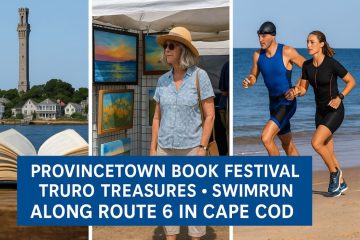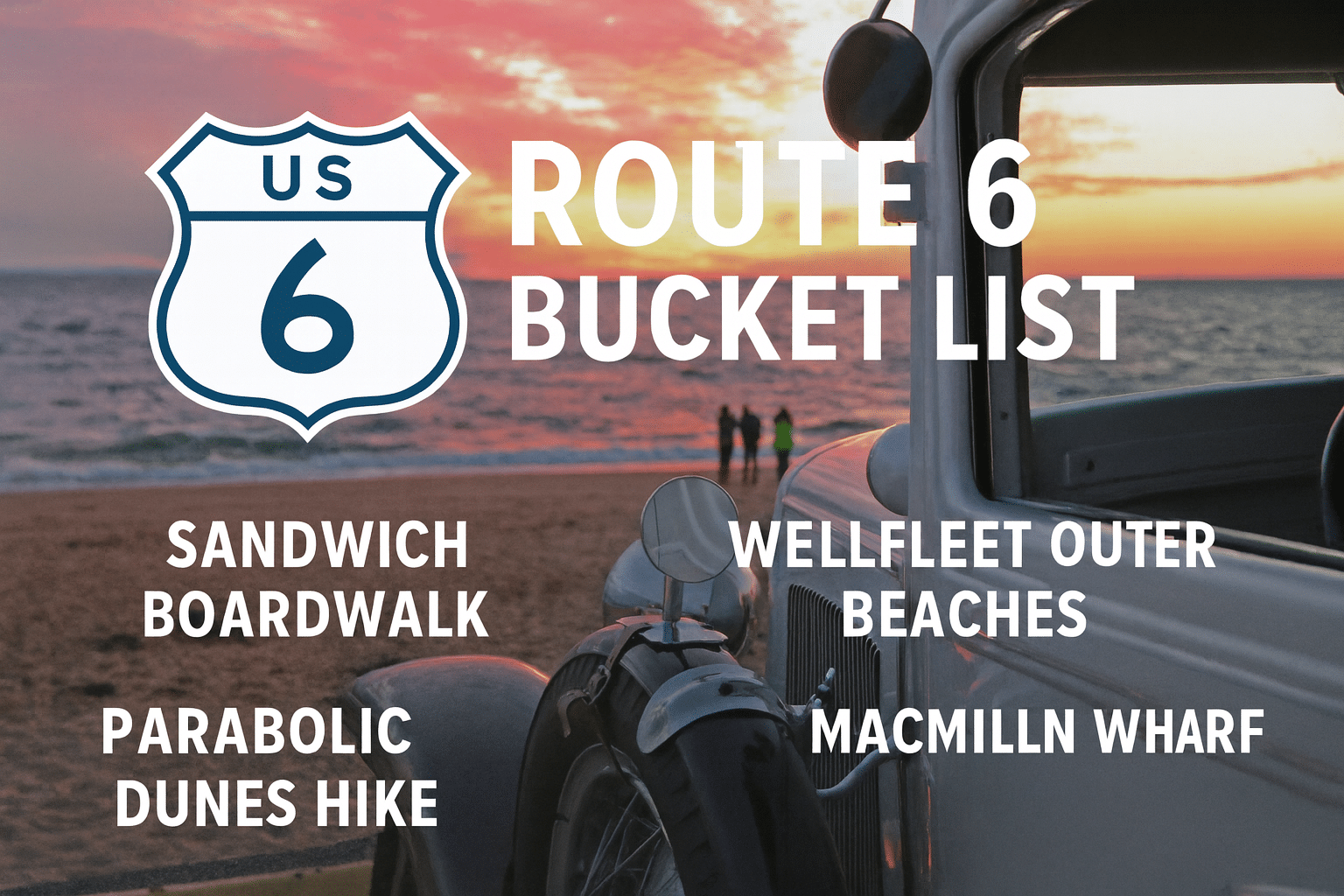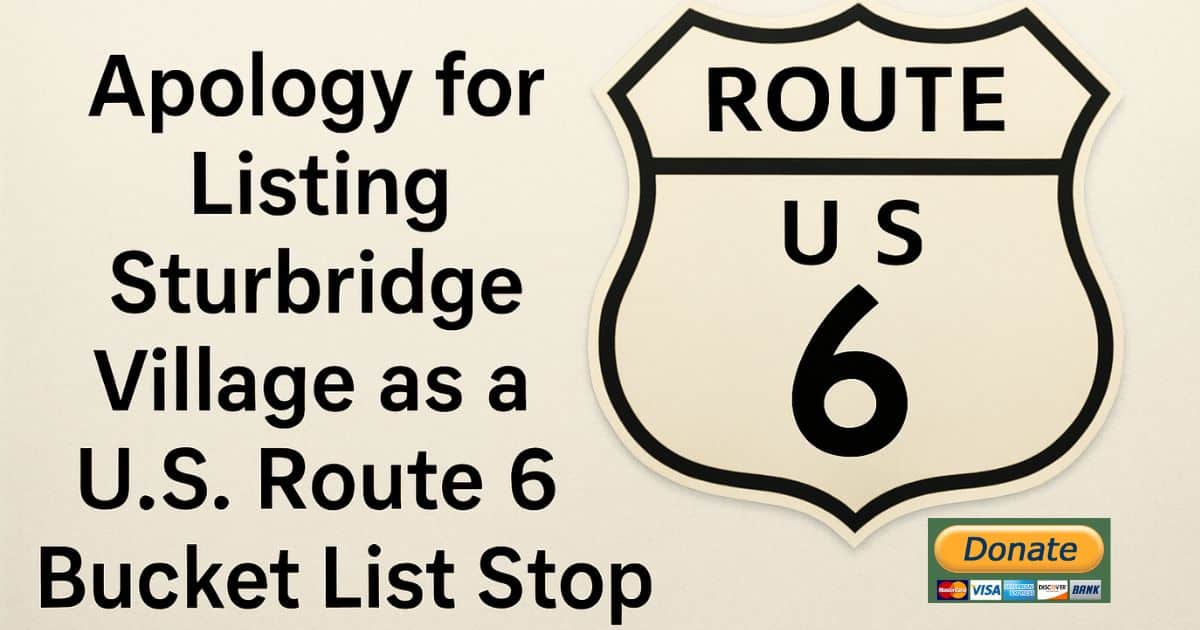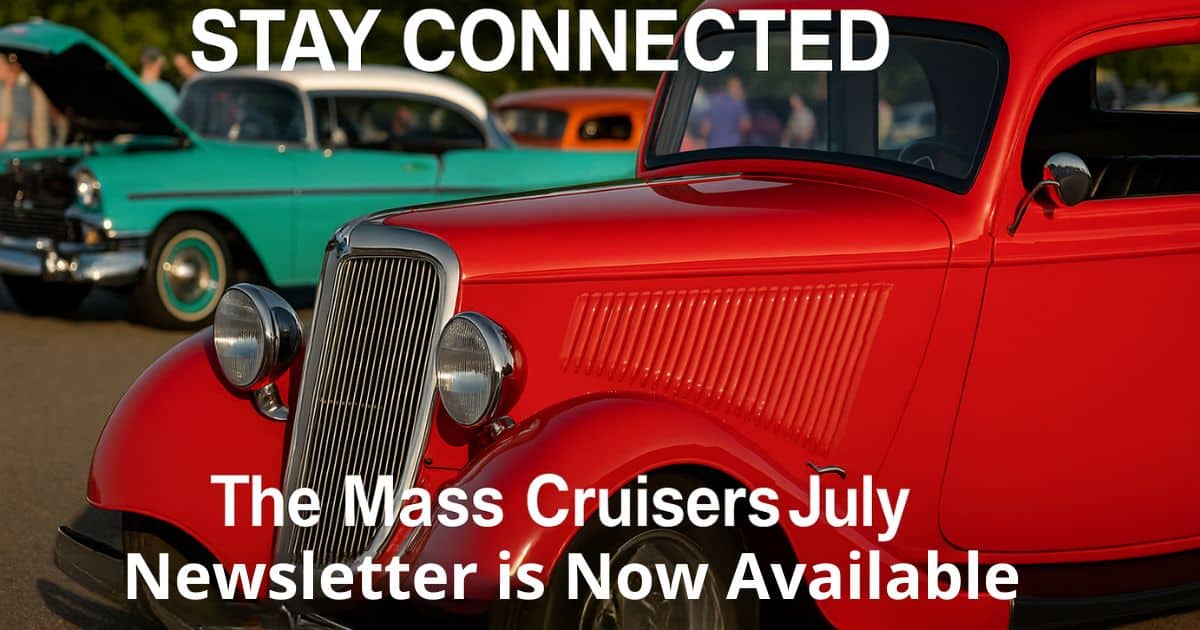Literary & Artistic Celebrations on Cape Cod’s Route 6 This September
Literary & Artistic Celebrations on Cape Cod’s Route 6 This September At the eastern end of Historic U.S. Route 6, Cape Cod comes alive with culture this September. Whether you’re a local resident or visiting for the weekend, these events blend literature, art, and outdoor adventure in one unforgettable stretch Read more




